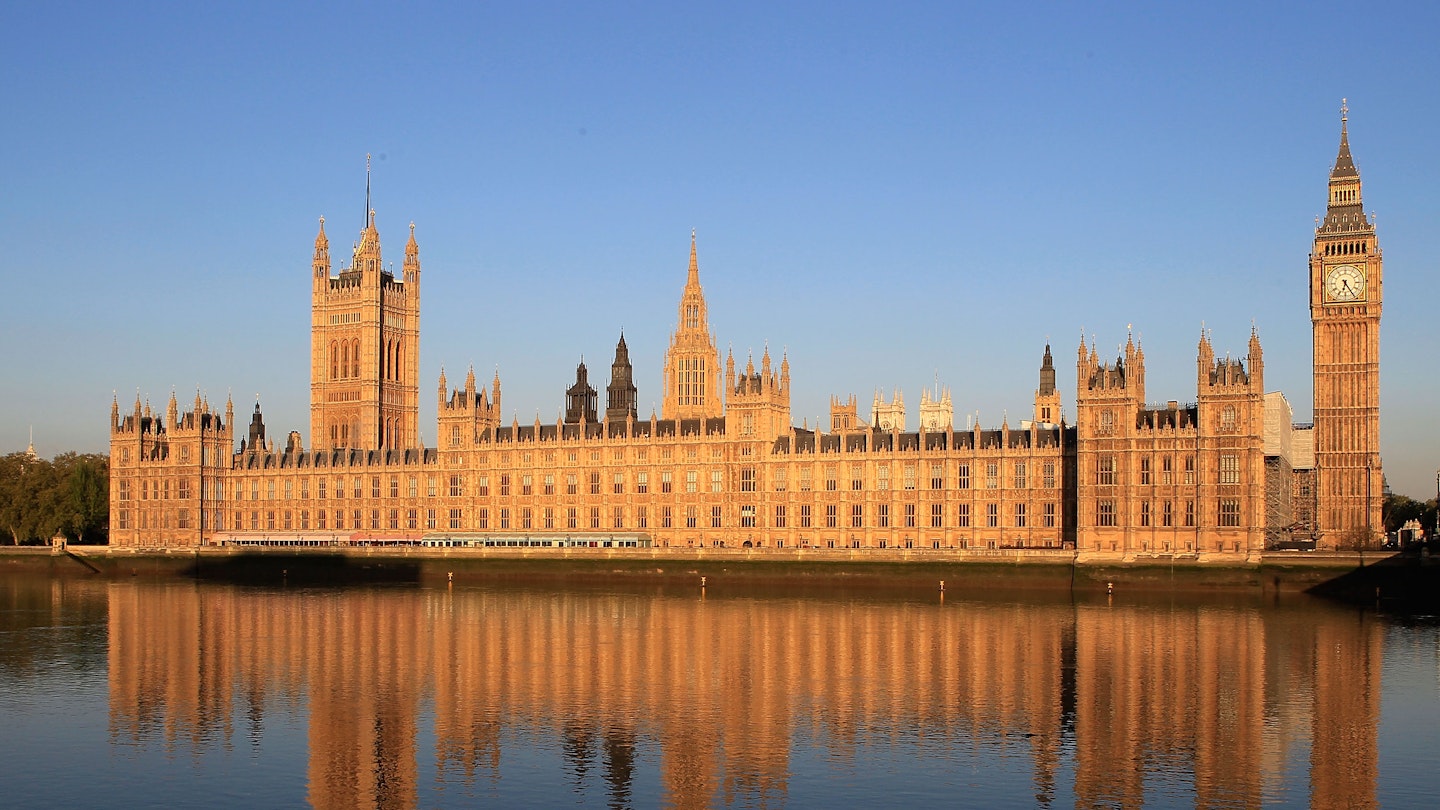It's official: the Conservative party have lost their comfortable majority in Theresa May's snap general election, meaning that we are faced with a hung parliament.
While the Conservatives are still projected to be the largest party, with estimates ranging from 315 to 321 seats, they cannot form a majority. The Labour Party, meanwhile, are predicted to win between 260 and 266 seats, after making gains in handfuls of key marginals.
Does this mean we are faced with another coalition government? Who will be the next Prime Minister? Here's what could happen next...
What is a hung parliament?
For a clear election victory, a political party typically needs to win 326 seats (accounting for the 326 votes in the House of Commons). A hung parliament means that no one party has won enough seats in the general election to take an overall majority in the Commons.
When did we last have a hung parliament?
It wasn't all that long ago. Cast your mind back to the general election in 2010, when Gordon Brown's Labour Party lost their majority. The result was a hung parliament: after an intense negotiation period, the Conservatives and the Liberal Democrats eventually formed a coalition government which remained in power until 2015 (when the Tories won back their majority).
What happens when there is a hung parliament?
For now, the Conservatives are still in power, and Theresa May is still our Prime Minister. The biggest party (the Conservatives) is entitled to try to win over other, smaller political parties to work with them in a coalition. Should this fail, they can form a minority government, which might struggle to pass laws in the Commons (ironically, this is the very opposite of 'strong and stable.')
Who will form a government - and who will be Prime Minister?
As the sitting Prime Minister, Theresa May has the right to remain in office until the next sitting of Parliament, which will take place early next week. In the mean time, the Tories will most likely enter into in-depth negotiations with other parties: they could find support from two Northern Irish parties, the Democratic Unionist Party (or DUP) and the Ulster Unionists.
Should Theresa May fail to reach some sort of power sharing agreement, the Labour Party would have the right to form one of their own, making Jeremy Corbyn the next Prime Minister. Labour would look to the more progressive, left-leaning MPs in the Commons: the Liberal Democrats, the Scottish Nationalist Party and the Green Party's Caroline Lucas. The SNP's Nicola Sturgeon has previously said that she would be happy to back up a Corbyn government to help pass laws on a case-by-case basis, though naturally no parties are keen to comment on the possibility of a coalition at this stage.
Does a hung parliament mean a coalition is inevitable?
Not quite - there are no easy answers here. A coalition is an official power sharing agreement, meaning that the larger party would offer cabinet positions to the smaller party to sweeten the deal (Nick Clegg, for example, was Deputy Prime Minister in the last coalition).
Another possibility is that the parties could work together on a case-by-case basis. A 'confidence and supply' arrangement could allow a minority government to rule. While less formal than a coalition, it typically means that smaller parties will support (or abstain from voting upon) major motions by the larger one, in exchange for seeing some elements of their manifesto acted upon.
